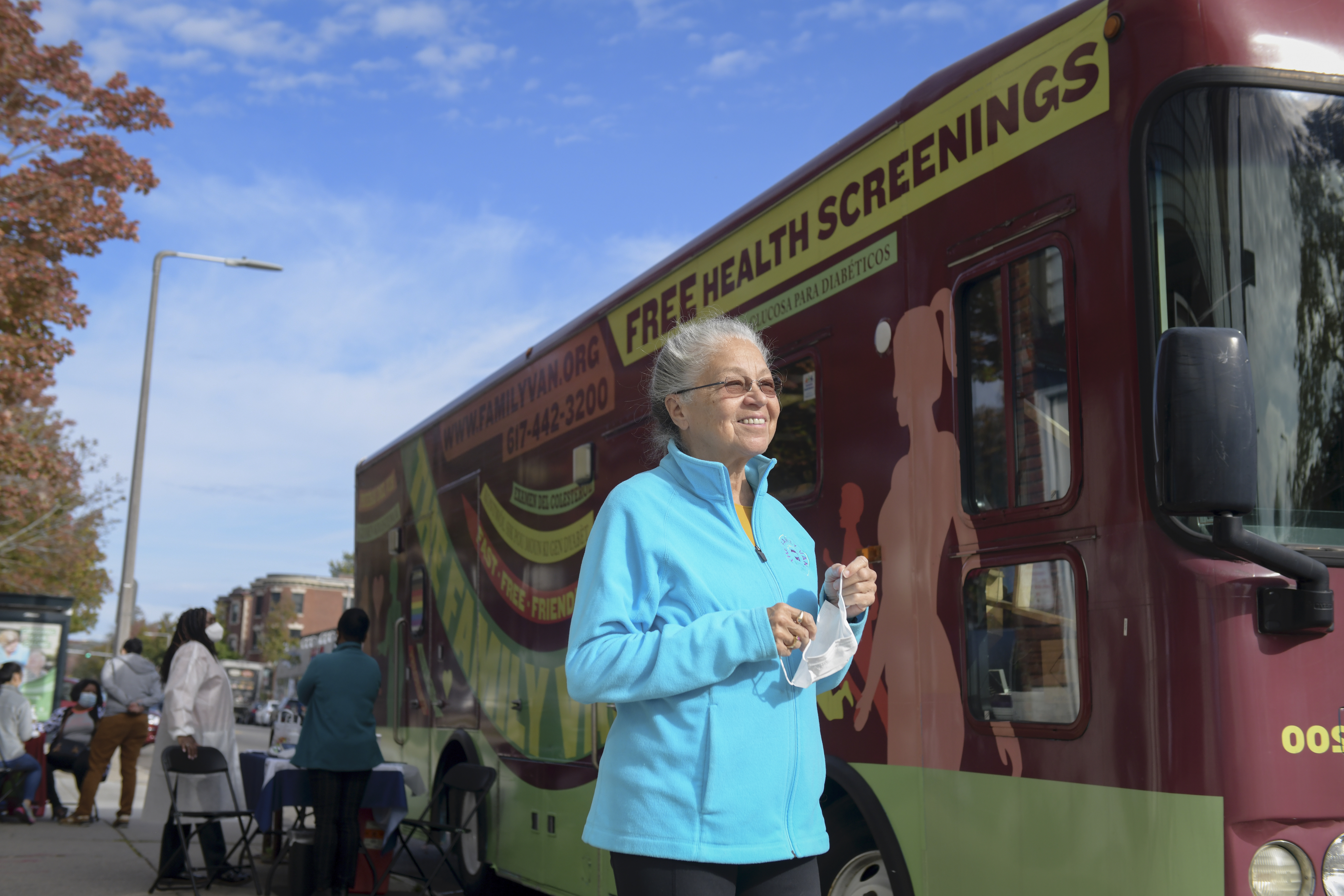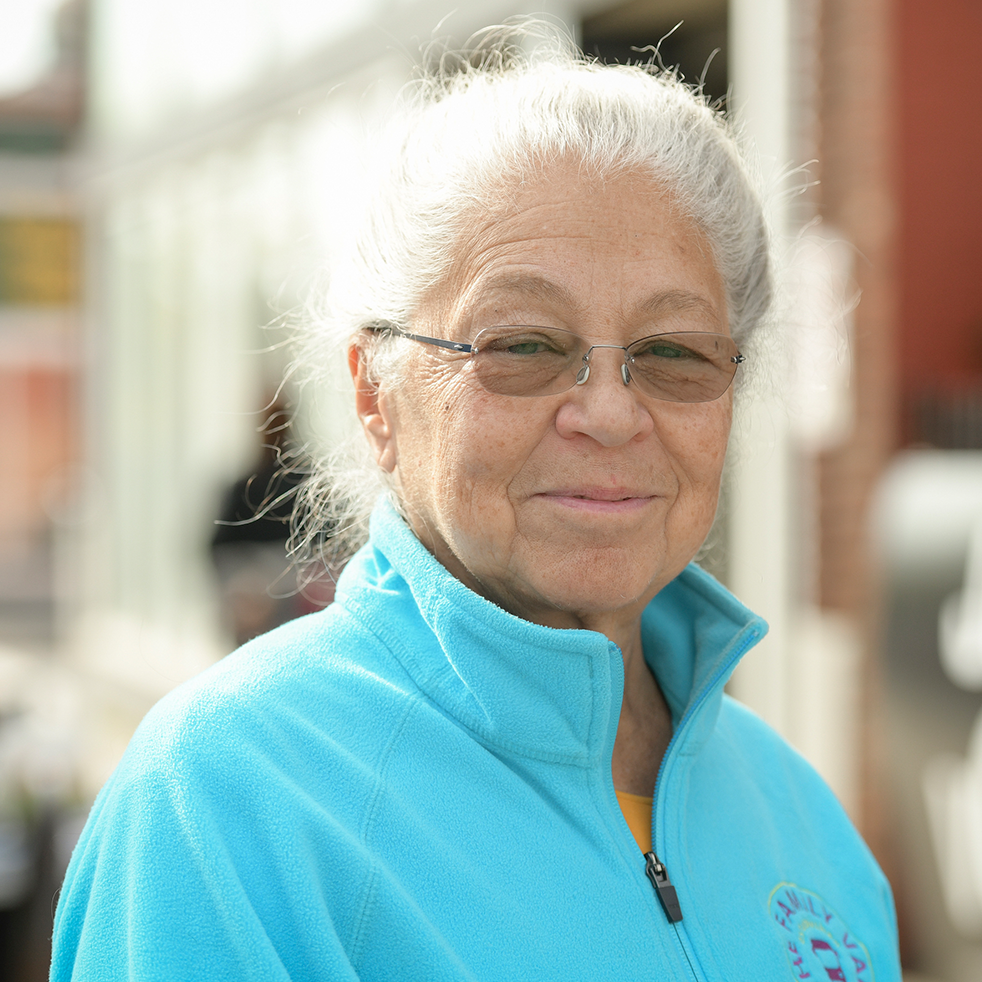Oct 29, 2021
'The circle of giving'
Coverage is proud to publish columns featuring the perspectives of Black women physicians who belong to the Diva Docs network in Greater Boston. Today, Dr. Nancy Oriol, faculty associate dean for community engagement in medical education at Harvard Medical School and associate professor of anesthesia in the Department of Anesthesia, Critical Care, and Pain Medicine at Beth Israel Deaconess Medical Center, shares her thoughts with Dr. Philomena Asante, leader of Diva Docs Boston and creator of the Digital Health Award-winning Diva Docs series for Coverage
As a child, I was always interested in how things worked, animals, watches, broken things. I loved working with my hands. I loved science. I was, and remain, deeply fascinated by how people work, too.
I also had an education in racism while I was growing up. Because I’m light-skinned and come from a family that includes people who are darker, I saw the insidious nature of racism. I saw how the darker members of my family were treated, and how I was treated. I could see the way the race affected how my family moved through the world. It taught me the world is not fair, and that it can only become fairer if we succeed in becoming part of its infrastructure, its rule-makers and policymakers, its soul, its conscience.
A winding path to medicine
My father was a building superintendent and my mother a housewife. Neither went to college, but they always told me, “You can do whatever you want to do.” At the time, I did not realize this gift would come at an incredible cost.
To pay for my sister and I to go to college, my father worked two jobs. Working those jobs, without time to take care of himself, he died from a preventable disease during my sophomore year.
When I graduated, still grieving my father, I knew I was not ready for more education. It was the ’60s, so I explored odd jobs: I did leather work, designed clothes, worked construction jobs, always working with my hands.
Eight years later, my mother got sick.
I found myself thinking, “What do I want to do with my life? When I get to the end of my life, what do I want to look back on and feel I’ve done?”
I felt like a failure. I wanted to do more with the gift my parents had given me.
I had a realization: I used to love science. I used to care about how things were built. That inspired me to restart the course work needed to get into medical school. In 1975, at age 29, I was admitted to Harvard Medical School.
In medical school, I found I still loved working with my hands. And I discovered I loved the intellectual autonomy of the operating room: the anesthesiologist, the surgeon, the patient, the physiology, the procedures, the ultimate scientific puzzle.
I was especially fascinated by the physiology of trauma, the way the body functions when experiencing pain, injury or serious illness. That drew me to become an anesthesiologist.
Observing the pain women experience during childbirth, I developed the “walking epidural,” a technique of labor pain relief now in wide use. And observing the trauma experienced by newborns, I designed a technique for analyzing fetal heart rate variability and a device for newborn resuscitation.
Inspired by patients
Working with complex obstetric patients, I encountered patients who didn’t know how to or have the time to access necessary health care. They were people who, like my father, were too busy to think about their health. The world is just not set up for the working poor.
The working poor were one block away from where I was working. So I wondered, why don’t we go out and take what we know to the people who need it? It was a very simple idea. But as an anesthesiologist, I had no clue if this idea made any sense.
So I started talking to patients, colleagues, people working in neighborhood health centers, people at barbershops and tenant union meetings and community meetings.
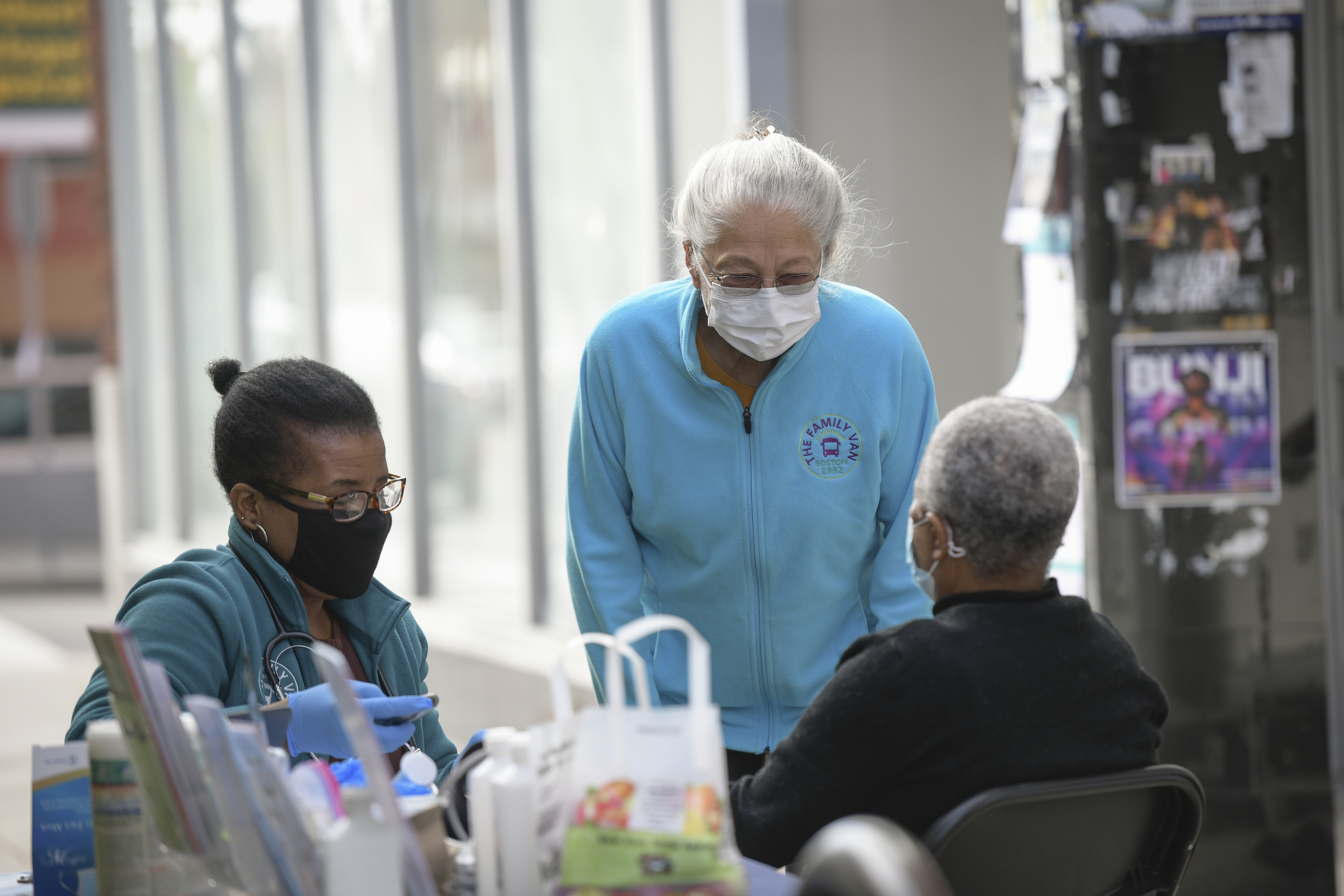
I always asked the same thing: “What should we do and how should we do it and who else should I talk to and will you be a partner?”
All of this crystallized into the idea of getting a van and driving out into the community to do health screenings and education. And with my partner, Cheryl Dorsey a third-year medical student, we ended up with hundreds of community collaborators. Together we created The Family Van, a mobile clinic that brings curbside blood pressure checks – researchers have found reduced risk of heart attack and stroke in our patients – as well as blood sugar, cholesterol and HIV screening, health coaching and health education in various languages, and referrals for health and social services to thousands of people in the areas of Boston where need is greatest.
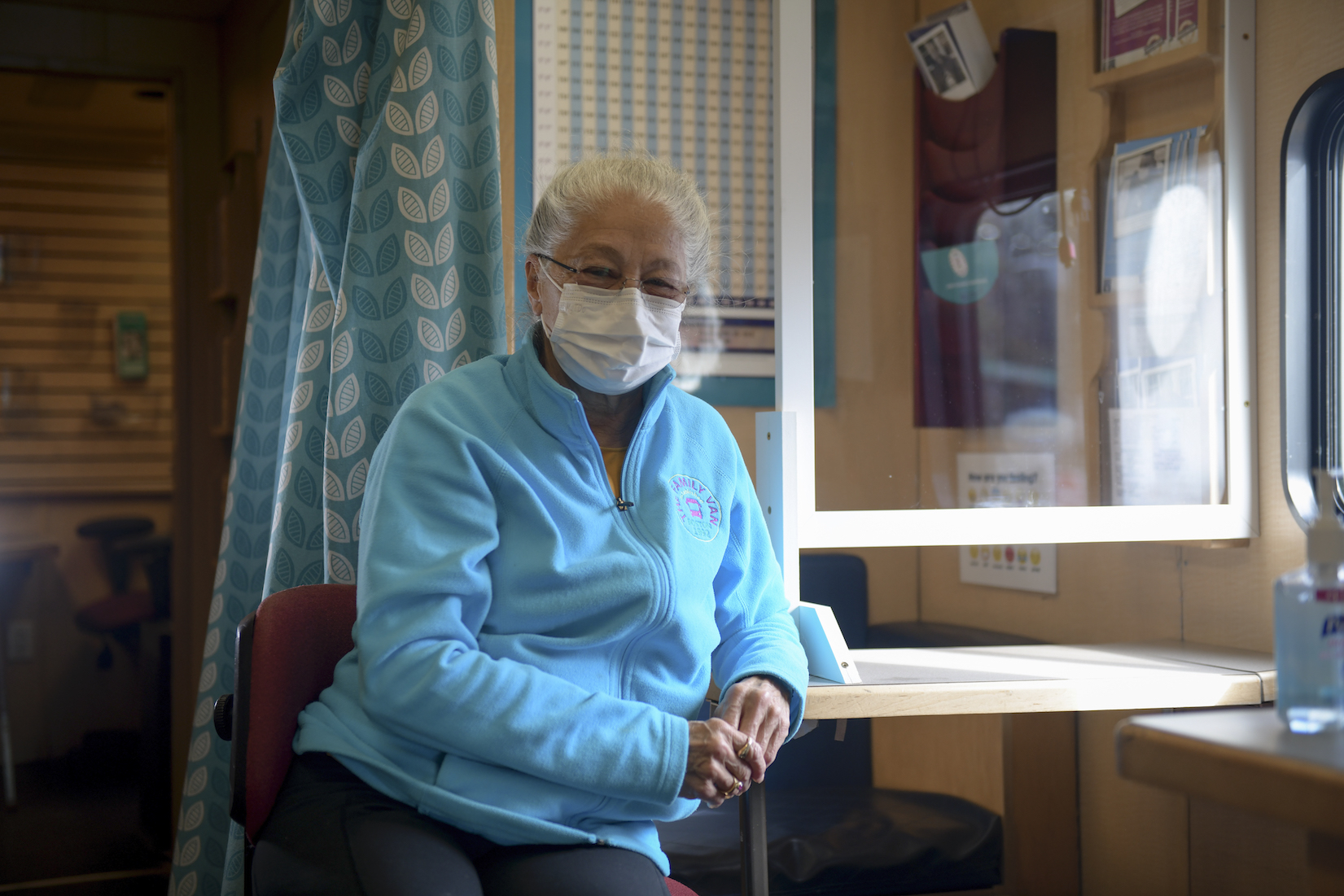
A gift of love
There was one moment many years ago when I realized what our work really meant. The nurses I worked with had raised money for the Family Van to hold a party for children in our community. One of our partners, the Dimock Center, had a daycare for children whose mothers had HIV, so we called and said, “We’d like to have a party for your children.” And the director of the daycare said, “Thank you, that’s really sweet, but our children know their mothers are dying and they would rather get their mothers a present instead.” We cried, hearing that.
The Family Van staff all had children who were in daycare too, and we knew the greatest present a parent can get is a photo of your child. So we offered to take pictures of the children that they could turn into cards as gifts for their mothers. The word went around the hospital. Everybody wanted to help. The director of media services offered to create a studio in the daycare so we could take professional portraits. The nurses raised more money so we could get presents for the kids. The print shop gave us materials so the children could make cards.
On the day of the shoot, five of us went to the daycare center. And there was a moment where I stepped back, and I saw the adults setting up a professional portrait studio and the line of children waiting proudly, and I realized the Family Van did this. We brought all this together as a gift for the children so they could give a gift to their mothers.
It was a gift of love that everybody was giving to everybody else.
I had thought The Family Van was about bringing services to the community, but we’re really about a circle of giving.
Transforming students’ understanding
The Family Van is 30 years old now and a model of mobile health care. Some of the staff have been with us for 27 years. These are people from the community who know the community, who are amazing health educators and community health workers. They are the heart and soul of the Family Van.
From our early days, we often had one or two student volunteers on the Van. For the students, meeting people in the community and hearing about their lives allowed them to see their humanity and understand the true health cost of inequity. That’s an important lesson for all health care professionals.
Building on this, we created a Harvard Medical School clerkship where senior students spend a month embedded in a community-based health care organization that was designed by the people they serve. From this experience they see first-hand how a patient’s life story determines their health.
In this setting the students see the complexity of people’s lives and see the creative solutions people have found to address their own problems. They come to respect the resilience and brilliance of people they care for. They also see how we are all the same – and how our health reflects the impact of unequal opportunities due to racism, poverty and other social determinants of health.
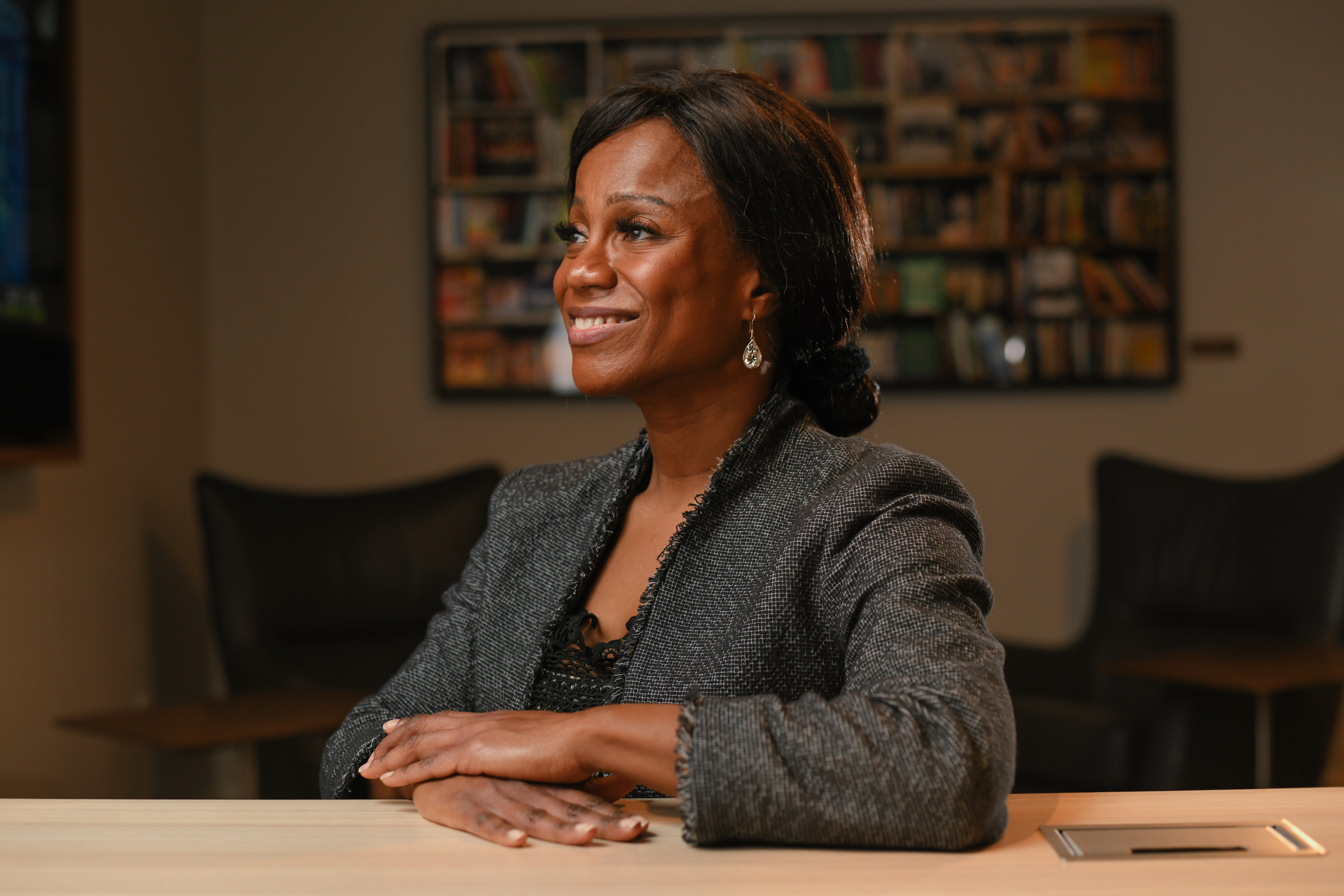
Old problems, new solutions
A common thread in my career has been trying to solve a problem with new eyes.
For example: How do you learn to practice medicine without practicing medicine?
You simulate.
Mannequin simulation allows you to “practice” medicine safely. To me, there is no better way to learn clinical medicine. My colleague Dr. Jim Gordon and I started offering MedScience at Harvard Medical School as an elective and the medical students loved it. It was spectacularly successful.
Then we decided to offer it to high school students as a way to use clinical medicine to teach biology as well as communication, teamwork, leadership, judgment, critical thinking, problem solving and allow students to explore careers in medicine.
Students who take the course tell us, “I understand now that medicine is more than just science.” “I found my own voice. I now know I can take a risk. I can say what I think even if I’m wrong.” Everything we would want a young doctor to learn. Today, we have over 2,000 students a year taking part. Many have gone on to careers in healthcare.
As one young student said, “How often can you point your finger at a moment in time and say, ‘That is when my life changed?’ ”
Maybe this is the gift my parents gave me. The opportunity to change lives. The opportunity to make a difference.
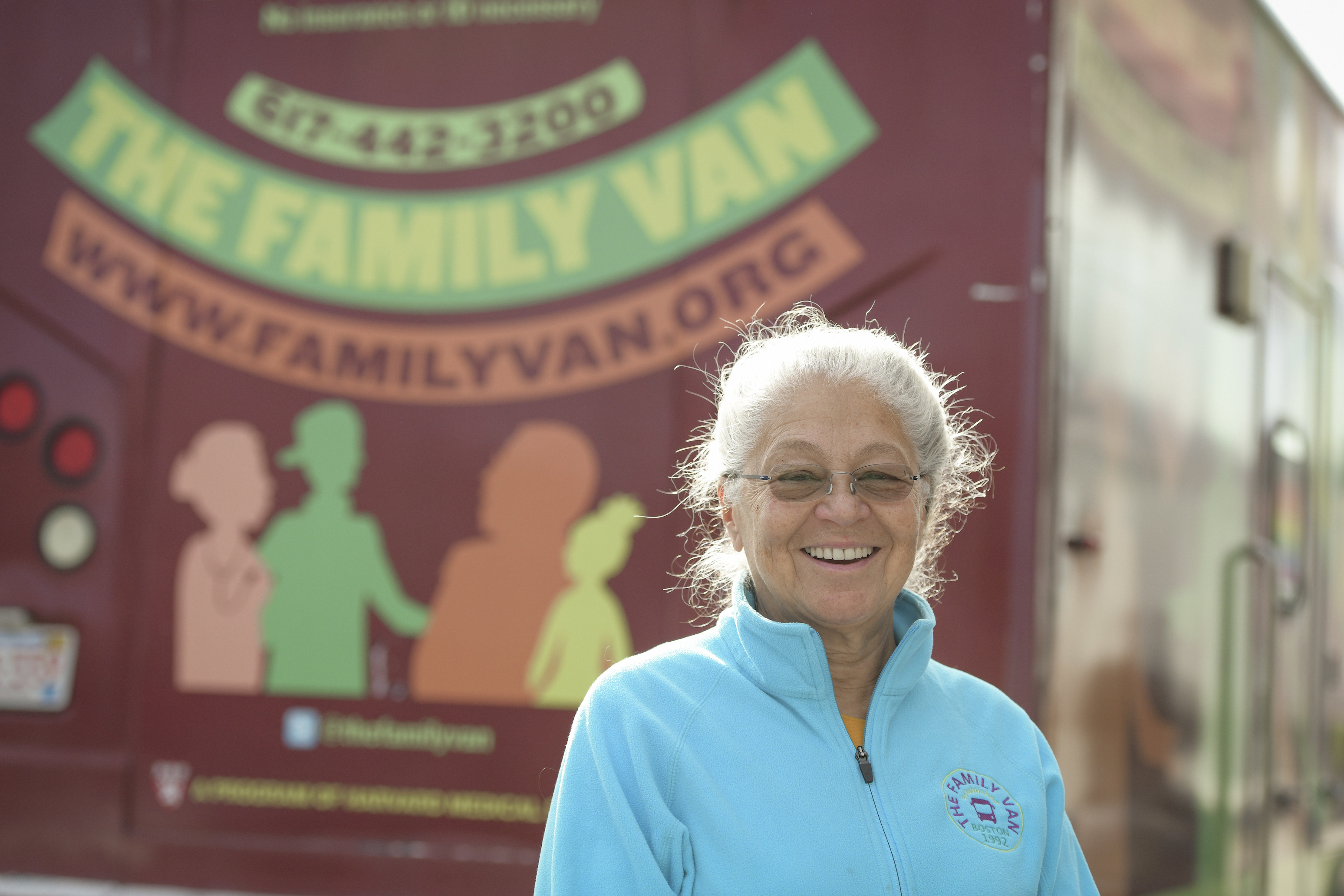
PHOTOGRAPHS BY FAITH NINIVAGGI
